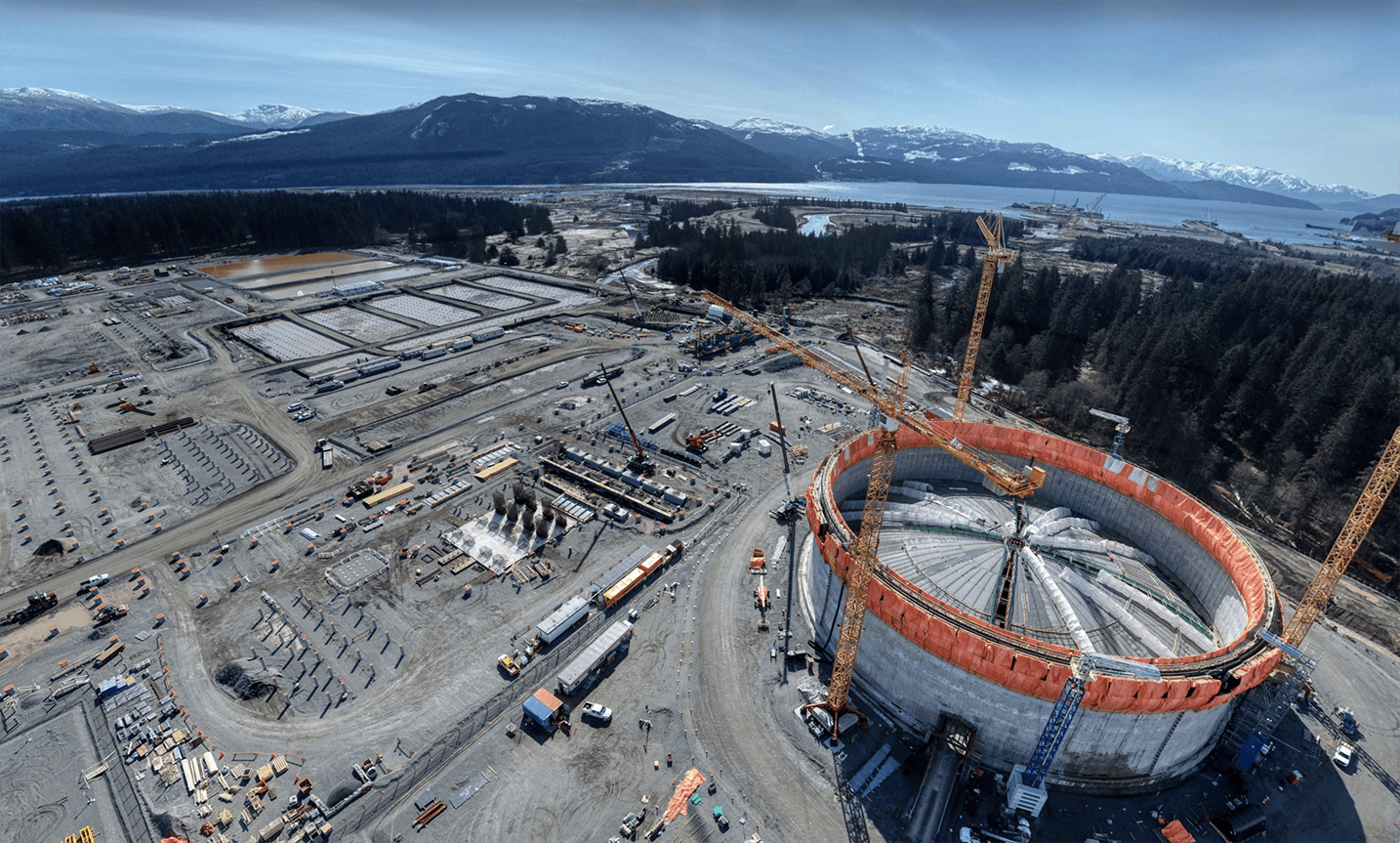
Work activities are picking up on the first project that will allow Canadian natural gas to sell into growing Asian markets.
With pandemic restrictions eased and spring break-up over, the LNG Canada export terminal and Coastal GasLink pipeline are both gearing up to accelerate construction.
“It’s going to be an exciting time,” LNG Canada CEO Peter Zebedee said on an April podcast with the ARC Energy Research Institute.
“We’re in our third year of construction now and we’ve made a significant amount of progress. We had a few setbacks that we encountered, COVID, but we continue to advance work across the whole project site and continue to hit some critical milestones.”
This spring, those milestones were not only at the LNG Canada site in Kitimat but also along the pipeline route through B.C. and in global LNG trading.
The world’s LNG demand increased to 360 million tonnes in 2020 despite the impacts of the COVID-19 pandemic, according to Shell’s 2021 LNG outlook.
Demand is expected to nearly double to 700 million tonnes by 2040, primarily driven by Asian countries using natural gas to switch off coal power. LNG Canada is expected to enter the market by 2025.
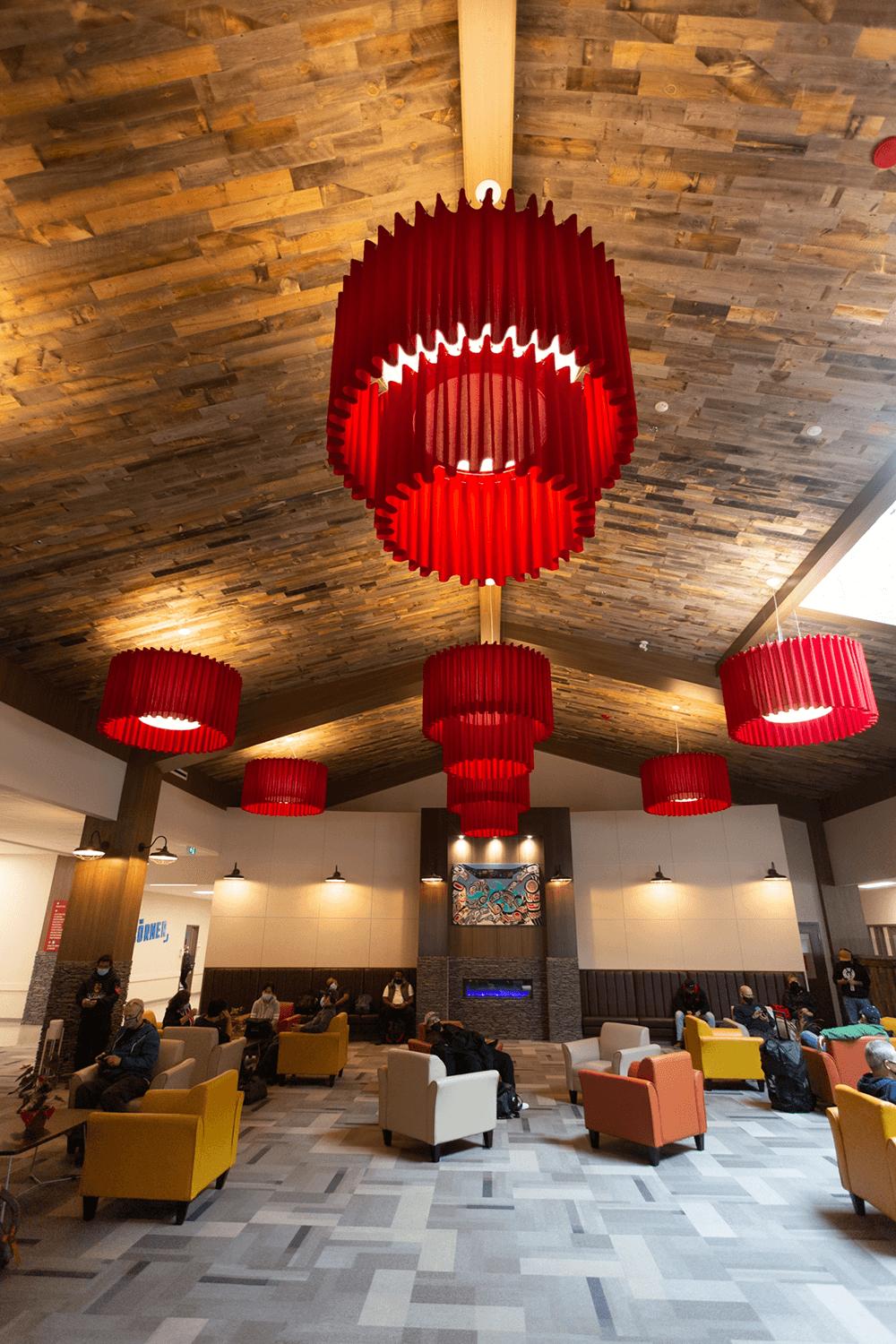
Workforce rising
Approximately 4,500 workers are now employed on LNG Canada and Coastal GasLink combined: about 3,000 at the Kitimat site and more than 1,500 along the pipeline corridor, which starts in northeast B.C. near the community of Dawson Creek.
The pipeline project’s workforce is expected to ramp up this summer, “accelerating the build phase.” Meanwhile, just over 3,000 workers will be LNG Canada’s “full complement” this spring, Zebedee said.
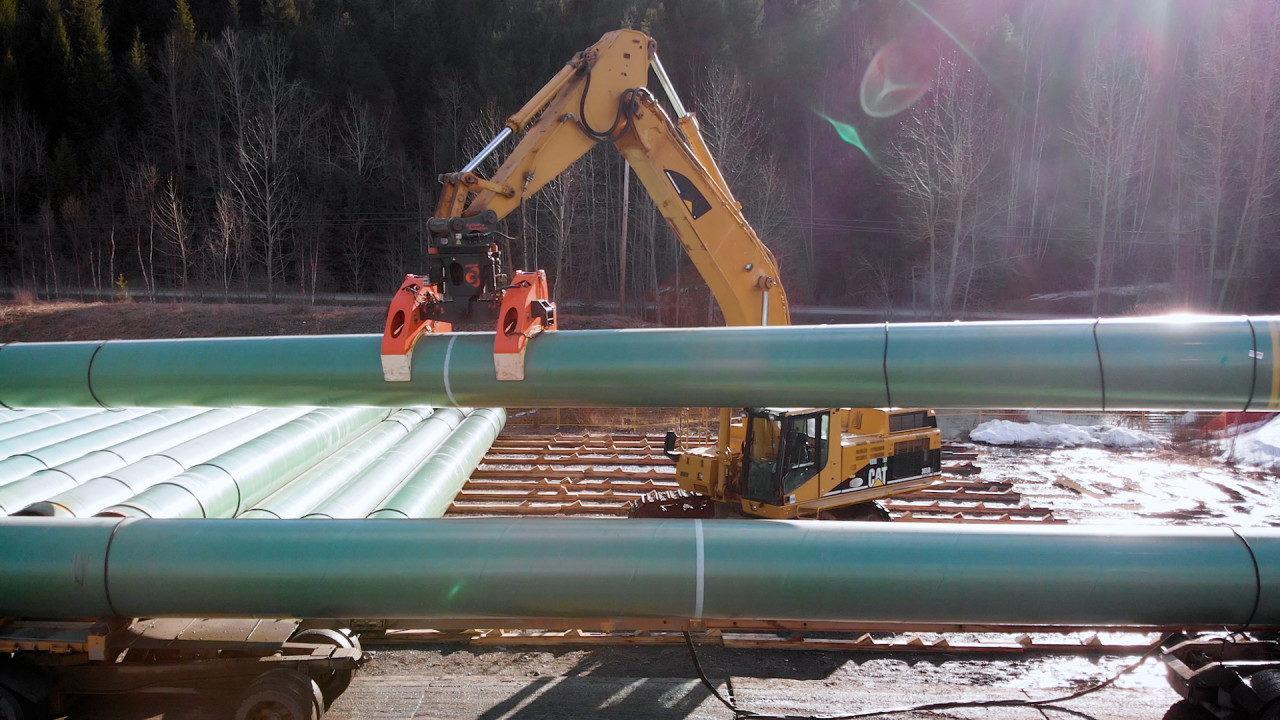
Pipeline ready
Coastal GasLink reached a major milestone in April with the safe delivery of pipe for all 692 kilometres of the project route. TC Energy says the majority of 450,000 tonnes of steel was made in Canada. It is now stockpiled at 16 sites along the pipeline corridor.
As of April 30, Coastal GasLink field construction was 26.6 per cent complete, TC Energy reports. The pipeline is targeted to be in service in 2023, followed by completion of the LNG Canada export facility.
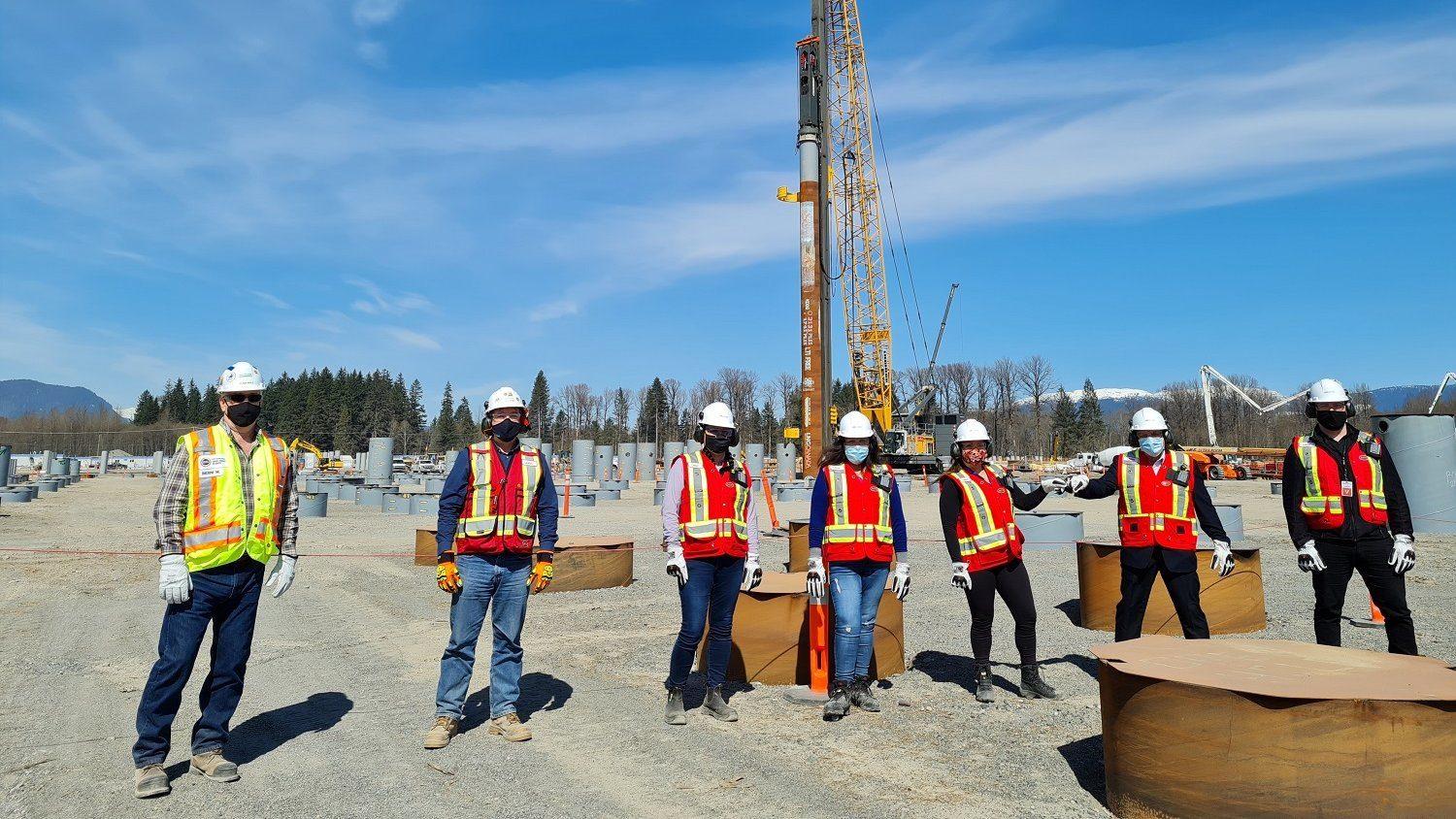
Piles planted
Another major milestone this April was at the LNG Canada site in Kitimat, when project teams drove the last of 6,483 steel construction piles to lay the foundations for the project’s two LNG process trains.
“Completion of this milestone now sets in motion a significant concrete and undergrounds campaign followed by erection of equipment and modules towards the end of 2021,” LNG Canada said in a statement to the Canadian Energy Centre.
Modules to start arriving
Like all major oil and gas projects in Canada, building LNG Canada will require field assembly of many construction modules fabricated off-site — a process often described as like building with Lego blocks.
The pre-assembled units and pipe rack modules for the project are being fabricated in Zhuhai, China, and the first are expected to arrive before the end of the year.
“The number of modules that we have coming across the ocean is going to be in the hundreds. They of course range in size, but the largest is equivalent in height to a 10-storey building,” Zebedee said.
“Our first modules are going to start to arrive in the fourth quarter of this year, and that’s really going to start to change the landscape of the project site itself.”
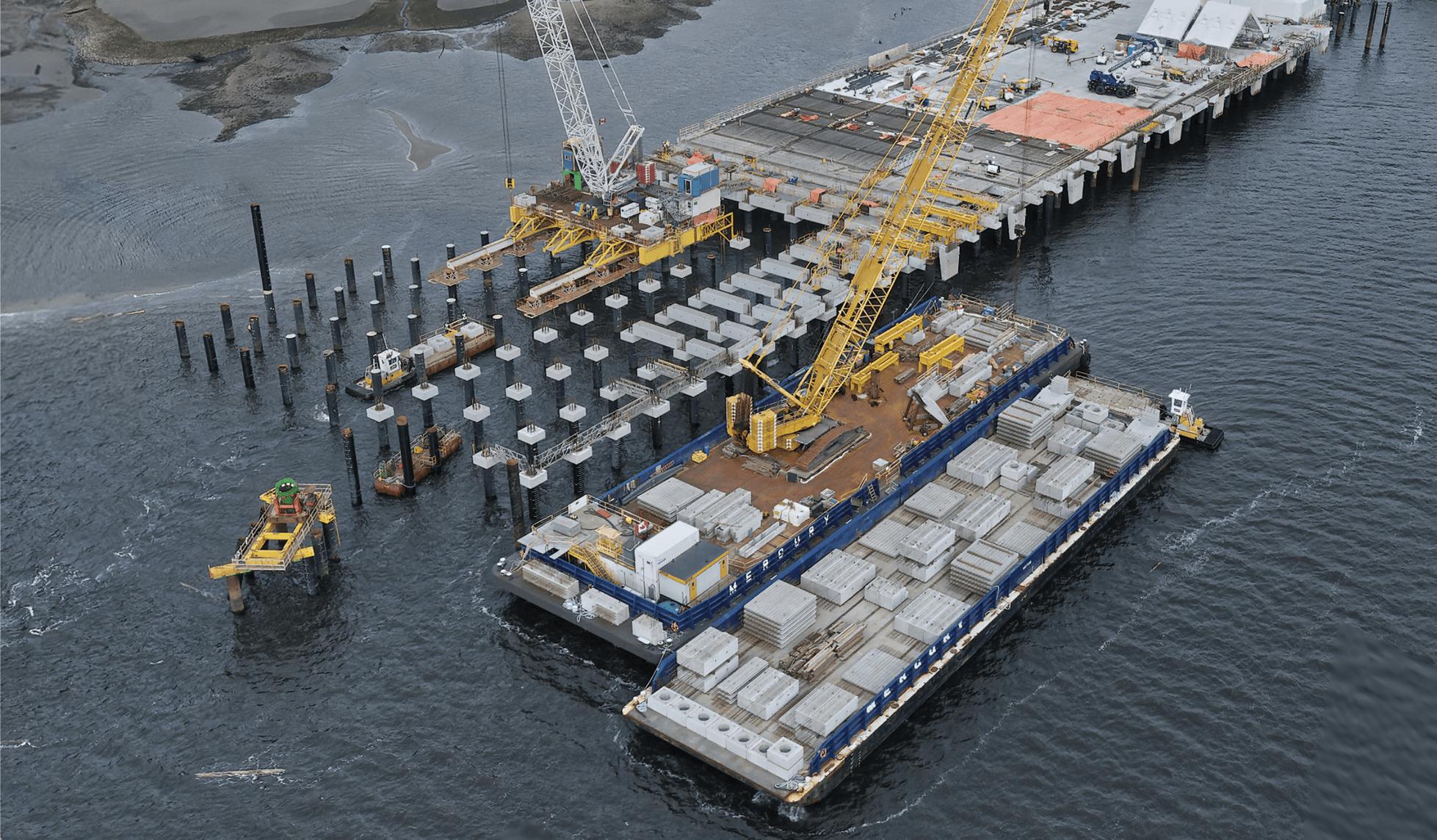
Contracts
LNG Canada says the terminal project and its contractors have awarded over $3.2 billion in contracts to businesses in B.C. since project lead Shell and its partners Petronas, PetroChina, Mitsubishi and Korea Gas Corporation gave the green light to the $18-billion project in October 2018.
Of this, over $2.6 billion has been awarded to Indigenous and local area businesses, a spokesperson told CEC.
“We would not be anywhere near where we are today without the support of our Indigenous partners. And of course, our neighbours are critical to our success now in the future,” Zebedee said.
A taste of sales
In May, Malaysia-based LNG Canada partner Petronas took a step to prepare Asian markets for supply from the project when it comes online.
The company reported it sold a spot LNG cargo from Bintulu, Malaysia to a “buyer in the Far East” using pricing linked to Canada’s AECO index.
For Petronas, the AECO-linked sale is an example of pricing alternatives for its customers to help establish supply from LNG Canada for when cargoes are sold in the future.
The unaltered reproduction of this content is free of charge with attribution to Canadian Energy Centre Ltd.